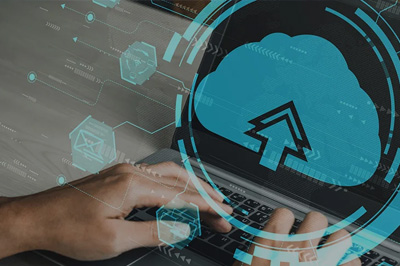Thank you for contacting us.
Your request has been forwarded. One of our experts will get in touch with you shortly.



With contributions by Anwar Haq and George Alifragis Ransomware has grown to become a significant threat to organizations today, no matter the size or industry. Cybercriminals are exploiting vulnerabilities in small businesses and enterprises alike, creating short-term and long-term damage that can impact everything from your employees’ productivity to your relationship with customers.

With the shift to distributed workforces and digital business models, cloud infrastructure and tools have become indispensable to the modern enterprise. But this growing reliance on the cloud also comes with a corresponding increase in security risks and breaches. The question is: When it comes to protecting public, hybrid, or multi-cloud environments, who should take ownership, the organization in question or the cloud service provider (CSP)?

It’s been over a year since enterprises around the world had to pivot and transition to work-from-home setups. While some employees are slowly trickling back into the office, majority of organizations have people working both onsite and offsite. This modern workforce has brought out an increasing reliance on cloud infrastructure, an essential tool for collaboration and business continuity. Technology like this isn’t without its risks though. In order to effectively mobilize a borderless workforce, it’s important to be aware of the cybersecurity risks involved.

Machine learning models are often used for decision support—what products to recommend next, when an equipment is due for maintenance, and even predict whether a patient is at risk. The question is, do organizations know how these models arrive at their predictions and outcomes? As the application of ML becomes more widespread, there are instances where an answer to this question becomes essential.

The new normal brought digital commerce to the forefront, with customers preferring remote sales, online ordering and payments, and contactless purchases. The question is, are organizations equipped to cater to these constantly evolving buyer habits? Let’s see how the right solution and strategic application development can help fuel growth in the digital economy.